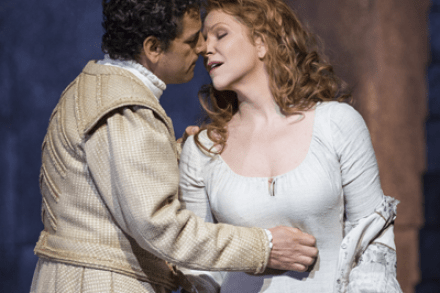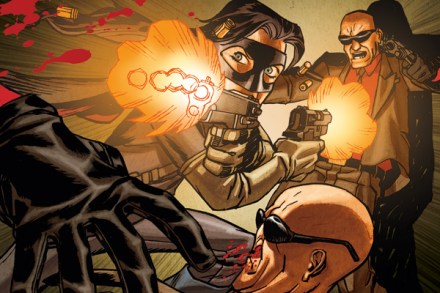Opera review: La donna del lago, Dido and Aeneas, The Lighthouse
Rossini’s La donna del lago, based on Sir Walter Scott’s poem, is a relatively late work in his brief and unbelievably industrious period of operatic composition. It has its passionate admirers — it is the only opera that Maurizio Pollini has conducted and recorded. The Royal Opera was seething with excitement on the first night of the production by John Fulljames, and the roar of acclamation at the end, which had been preceded by many during the performance, showed that the fashionable and expensive audience was well pleased with what it had seen and heard. Some of the most spectacular vocal feats that the house has ever witnessed merited that

















